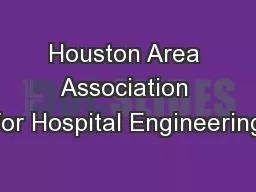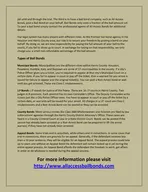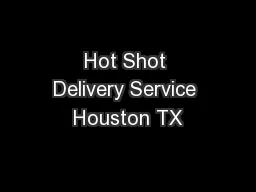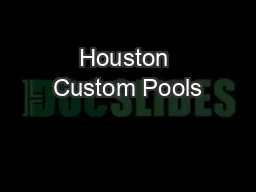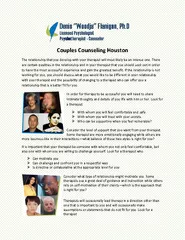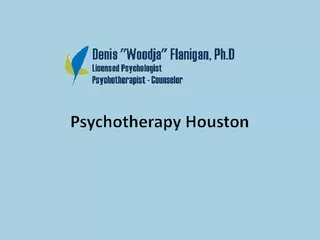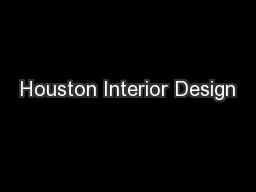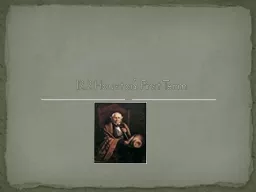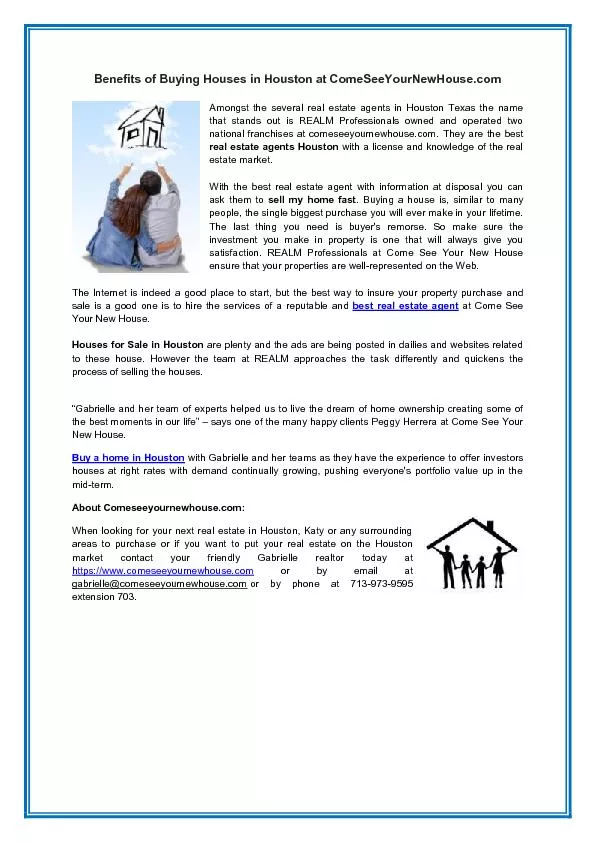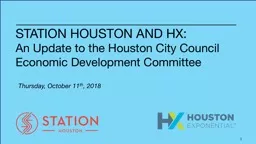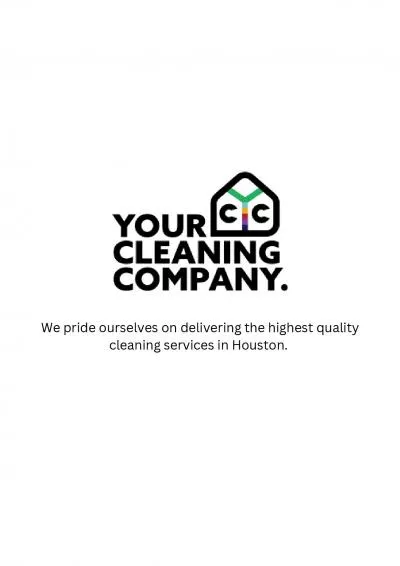PPT-Houston Area Association for Hospital Engineering
Author : conchita-marotz | Published Date : 2018-01-20
HAAHE July 13 2017 Rebecca Read Architectural Review Group Manager for Regulatory Services Page 0 DSHS ADOPTS NFPA 99 2012 Effective Dates Effective dates
Presentation Embed Code
Download Presentation
Download Presentation The PPT/PDF document "Houston Area Association for Hospital En..." is the property of its rightful owner. Permission is granted to download and print the materials on this website for personal, non-commercial use only, and to display it on your personal computer provided you do not modify the materials and that you retain all copyright notices contained in the materials. By downloading content from our website, you accept the terms of this agreement.
Houston Area Association for Hospital Engineering: Transcript
Download Rules Of Document
"Houston Area Association for Hospital Engineering"The content belongs to its owner. You may download and print it for personal use, without modification, and keep all copyright notices. By downloading, you agree to these terms.
Related Documents

